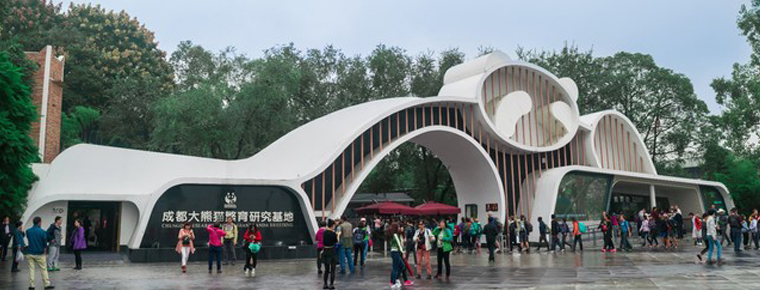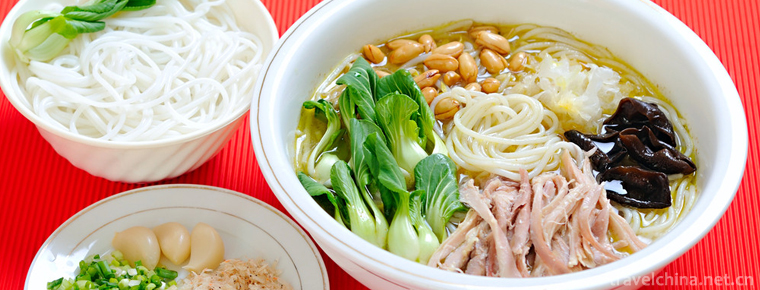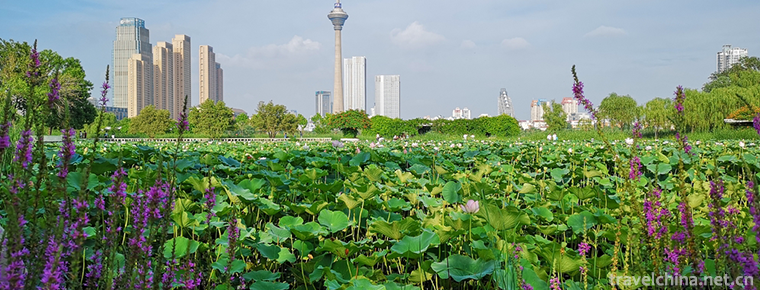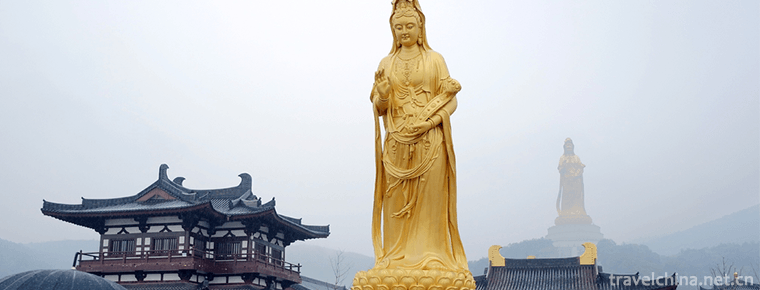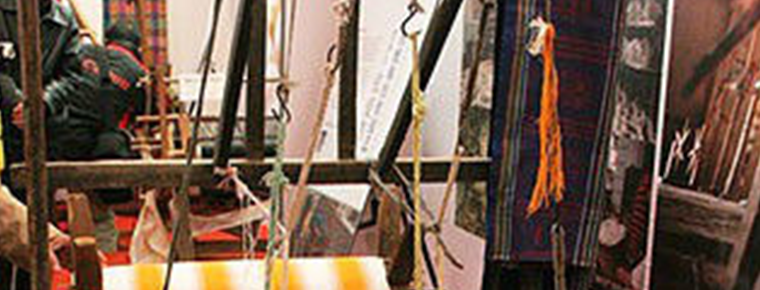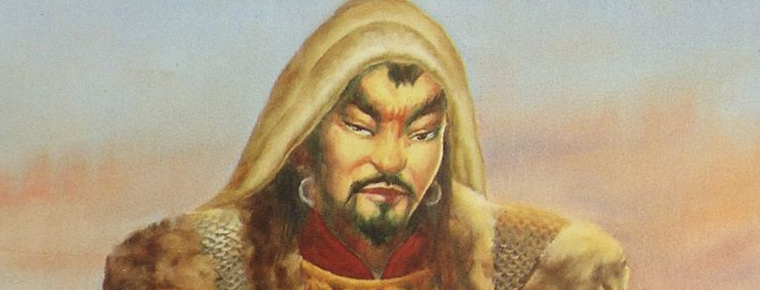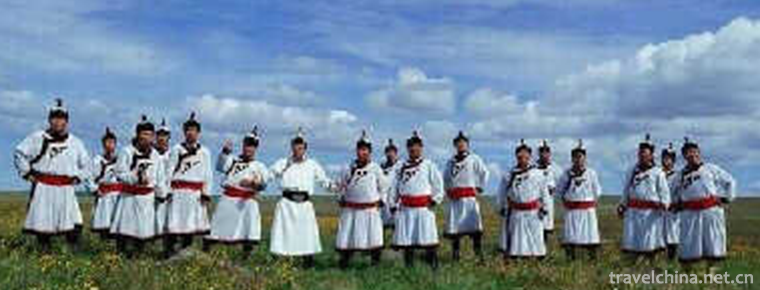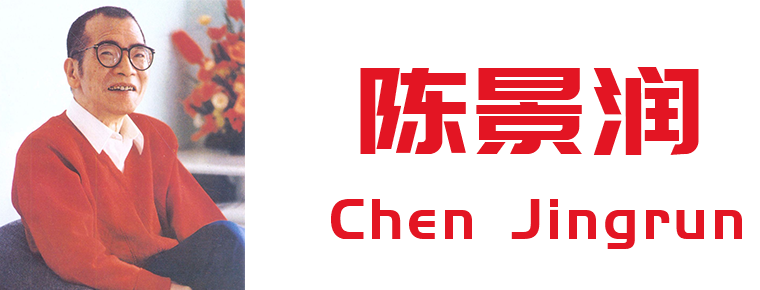Yongkang Drum Ci
Yongkang Drum Ci
Yongkang Drum Ci is a rap art in Yongkang area of Zhejiang Province. It belongs to the form of singing and talking, which is mainly composed of singing. Because of the use of local dialect performance, so the main spread of the local opera, is a very model opera, rarely familiar with the outside world, the history of singers are mostly blind artists, and mostly men, is a means of livelihood to beg. In addition to Yongkang, the neighboring areas of Dongyang, Pan'an and Wuyi are also popular in urban and rural areas. The accompaniment instrument of Yongkang Drum Ci is relatively simple, adding a wax ruler to a basin drum.
On May 23, 2011, the "Yongkang Drum Ci" declared by Yongkang City, Zhejiang Province, was approved by the State Council and listed in the third batch of national intangible cultural heritage list.
historical origin
Yongkang Drum Ci is one of the ancient operas, which originated from the Southern Song Dynasty. But Yongkang Drum Ci is a traditional art of singing and singing in Yongkang dialect. The rhyme is vivid and easy to understand. When singing, there is a drum basin on the right leg, a drum seal in the right hand, and a bamboo board in the left hand. The rhythm is clear. Its traditional repertoire includes "Dahongpao", "Shuihongling", "Xiaoxian Fang", "Double Golden Line" and more than 10, mainly showing the shortcomings of parents and the affection of children. Yongkang drum lyrics, commonly known as "singing antiquities" or "singing stories". Historically, singers were mostly blind artists and mostly male, which was a means of making a living for begging. In addition to Yongkang, the neighboring areas of Dongyang, Pan'an and Wuyi are also popular in urban and rural areas. The accompaniment instrument of Yongkang Drum Ci is relatively simple, adding a wax ruler to a basin drum. The basin drum, also known as "flat drum", resembles the flat drum used in the northern book drum. It is composed of six pieces of yellow sandalwood, about 5 centimeters in height. It is said that it was originally made up of a piece of black gold donated by each of the six officials. It also represents six officials of the Ministry of Rites, the Ministry of Household Affairs, the Ministry of Military Affairs, the Ministry of Punishment, the Ministry of Engineering and the Ministry of Officials. When performing, according to the changing plot of the story and the need of accompaniment, artists can hit the ever-changing drums as a foil for story telling and singing. La Chi, also known as "clapper board" and "sandalwood board", belongs to percussion instruments. It consists of two mahogany boards, also known as "mother-child board" or "Yin-yang board". It is handed down by the artist as a gift from Uncle Cao Guo, one of the eight immortals.
artistic characteristics
Yongkang Drum Ci, also known as "Singing Ancient Stories", has been circulated in Yongkang, Wuyi, Pan'an and parts of Lishui in Jinhua, especially Yongkang and Wuyi.
The performance of Yongkang drum lyrics is sitting and singing in a single voice, alternating between rap and singing, mainly singing. The lyrics are mainly composed of seven-character sentences and long and short sentences. They are relatively free and have the rhyme of Yongkang dialect. There are different types of tunes, such as , . The accompaniment instruments are two or three percussion instruments, without orchestral accompaniment, of which the flat drum with a diameter of about one foot is the main instrument.
Representational repertoire
Yongkang Drum Ci was formed in the middle of Qing Dynasty. In 1950, according to artists'recollections, its teacher-teacher relationship can be traced back to Yan Afei and Lu Zhenbei in Tongzhi and Guangxu years of Qing Dynasty. Its traditional repertoire includes "Dahongpao", "Shuihongling", "Xiaoxianfang", "Double Golden Line" and more than 10. In the early days of the founding of the People's Republic of China, Yongkang's drum lyrics were performed vigorously, including famous artists such as Lv Qizhao and Ye Baochang, and a large number of new repertoires such as "Three Ages'Enemy" and "Blood and Tears" were transplanted and adapted. By the middle and late twentieth century, Yongkang Drum Ci had declined and was in danger except for a few elderly people.
Inheritance Significance
Yongkang Drum Ci has become a pearl of local folk art in the middle of Zhejiang Province because of its unique regional cultural flavor, flexible and convenient performance, regardless of venues and other characteristics. However, with the continuous departure of drum CI artists, this ancient traditional art is gradually falling into the dilemma of being on the verge of being lost.
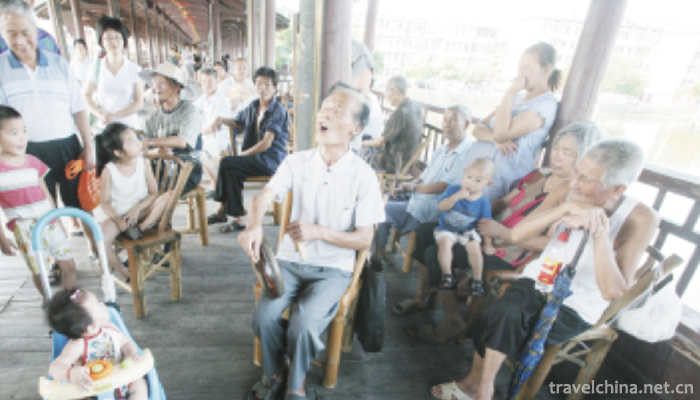
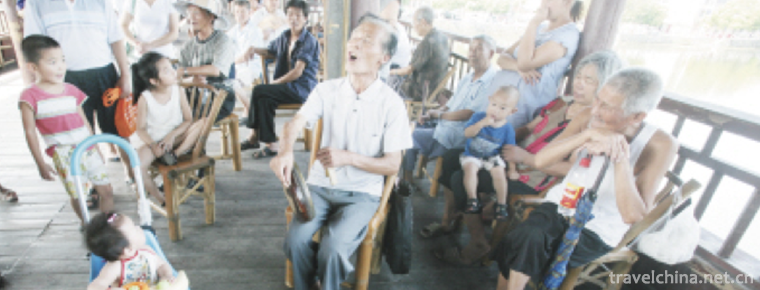
Yongkang Drum Ci
-
Chengdu Panda Base
No. 1375 panda Road, Chenghua District, Chengdu city, Sichuan province
Views: 252 Time 2018-09-28 -
Chill chicken rice noodles
Cold chicken noodles, Yunnan snacks, cold rice noodles with ...
Views: 287 Time 2018-10-17 -
Mount Danxia Scenic Area
Danxia Mountain Scenic Area is located in Renhua County, northeast of Shaoguan, Guangdong Province. Danxia Mountain is composed of red sandy scintillate rocks and characterized by red cliffs. Geologis
Views: 177 Time 2018-12-12 -
Tianta Lake Scenic Area
Tianta Lake Scenic Spot is located in the south of Tianjin City, close to the water park scenic spot, is the main attraction of Tianjin Radio and Television Tower. Tianta is the Tianjin Radio and Tele
Views: 251 Time 2019-02-21 -
Xishan Scenic Spot Suzhou
Xishan is the abbreviation of Xidongting Mountain. It is 11 kilometers wide in North and south, 15 kilometers long in East and west, and 79.8 square kilometers in area.
Views: 272 Time 2019-02-25 -
Traditional Cotton Textile Techniques
Chinese traditional textile technology has a long history. Since cotton was introduced from India in the 7th century, Chinese textile industry has changed from linen to cotton.
Views: 242 Time 2019-04-19 -
Jangar
Jianger Jianger, the local traditional folk literature of Xinjiang Uygur Autonomous Region, is one of the national intangible cultural heritage.
Views: 141 Time 2019-05-05 -
Congratulations
Congratulations, also eulogies, Mongolian folk literature form, China's national intangible cultural heritage. Praise is a traditional folk literature form of Mongolian nomadic people in northern Chin
Views: 228 Time 2019-08-10 -
Beihang University
Beijing University of Aeronautics and Astronautics is the first Institute of higher learning in Aeronautics and Astronautics founded in New China. It is a university with sacred mission and grand visi
Views: 198 Time 2019-09-06 -
Chen Jingrun
Chen Jingrun (May 22, 1933 -1996 March 19th), male, Han, non party personages. Fujian Fuzhou Man, a contemporary mathematician.
Views: 148 Time 2019-09-07 -
Mianyang Tourism
In 2018, Mianyang City realized a total tourism revenue of 64.766 billion yuan, an increase of 21.5%. Among them, domestic tourism revenue was 64.740 billion yuan, an increase of 21.4%; foreign exchange income of tourism was 3.8889 million US dollars,
Views: 189 Time 2020-12-14 -
Climate of Yibin
Yibin City has a humid monsoon climate in the middle subtropics, and the low hills and river valleys have the climate attributes of south subtropics. It has the characteristics of mild climate, abundant heat, abundant rainfall, suitable illumination, long fr
Views: 367 Time 2020-12-18
